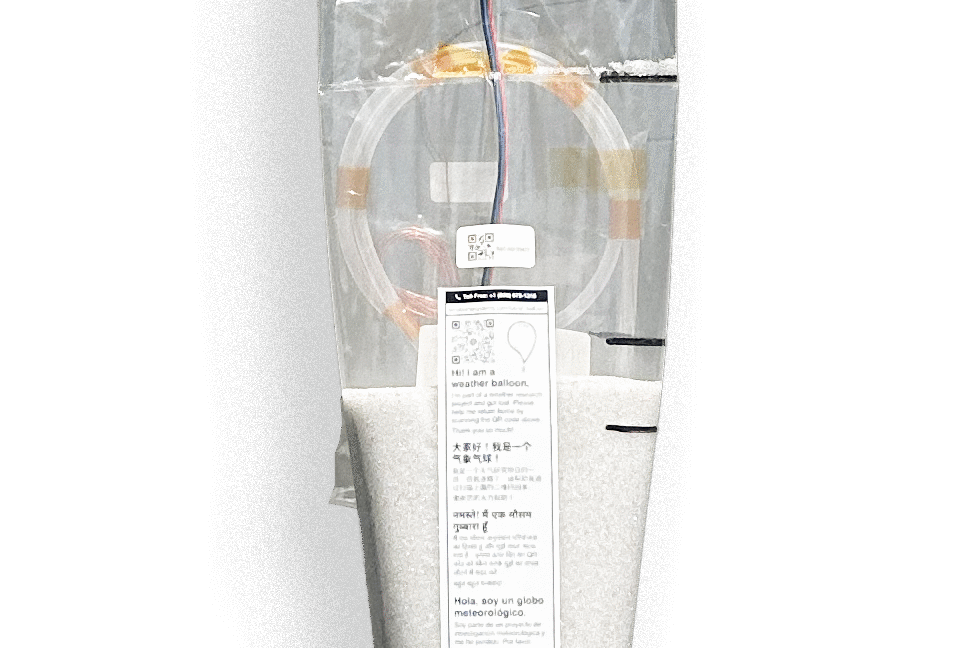A United Airlines flight was struck by an object when it was cruising at well over 30k feet.
There was speculation that it was space debris but the operator of weather balloons said they believe it was one of their weather balloons. There was damage to the windshield frame of the cockpit but the company said their weather balloons don’t pose a threat to airplanes.

 arstechnica.com
arstechnica.com
The balloons weigh 1.2 kilograms and licensed to operate at high altitudes, he same altitudes planes fly at.
So why are drones which weigh less and probably has smaller volumes risk to planes but these heavier weather balloons operating at thousands of ft of altitude not a threat? If a drone could potentially take out an engine, why wouldn’t these licensed balloons pose a similar risk?
There was speculation that it was space debris but the operator of weather balloons said they believe it was one of their weather balloons. There was damage to the windshield frame of the cockpit but the company said their weather balloons don’t pose a threat to airplanes.
“The quick answer is our constellation of Global Sounding Balloons (GSBs), which we call WindBorne Atlas, doesn’t pose a threat to airplanes or other objects in the sky. It’s not only highly improbable that a WindBorne balloon could even collide with an aircraft in the first place; but our balloons are so lightweight that they would not cause significant damage.
WindBorne also said that its balloons are compliant with all applicable airspace regulations.

It wasn’t space debris that struck a United Airlines plane—it was a weather balloon
WindBorne says its balloons are compliant with all applicable airspace regulations.
 arstechnica.com
arstechnica.com
The balloons weigh 1.2 kilograms and licensed to operate at high altitudes, he same altitudes planes fly at.
So why are drones which weigh less and probably has smaller volumes risk to planes but these heavier weather balloons operating at thousands of ft of altitude not a threat? If a drone could potentially take out an engine, why wouldn’t these licensed balloons pose a similar risk?













